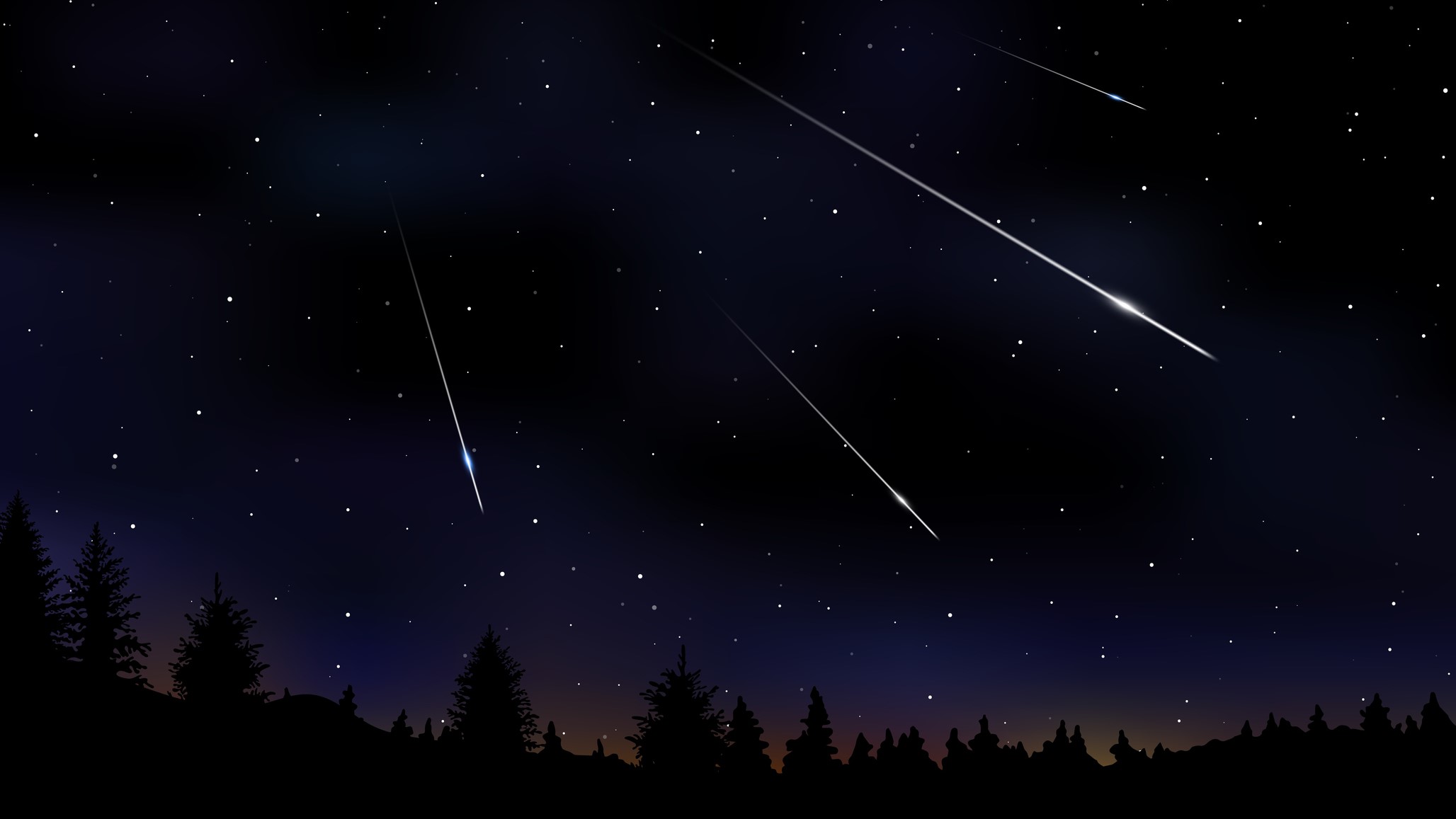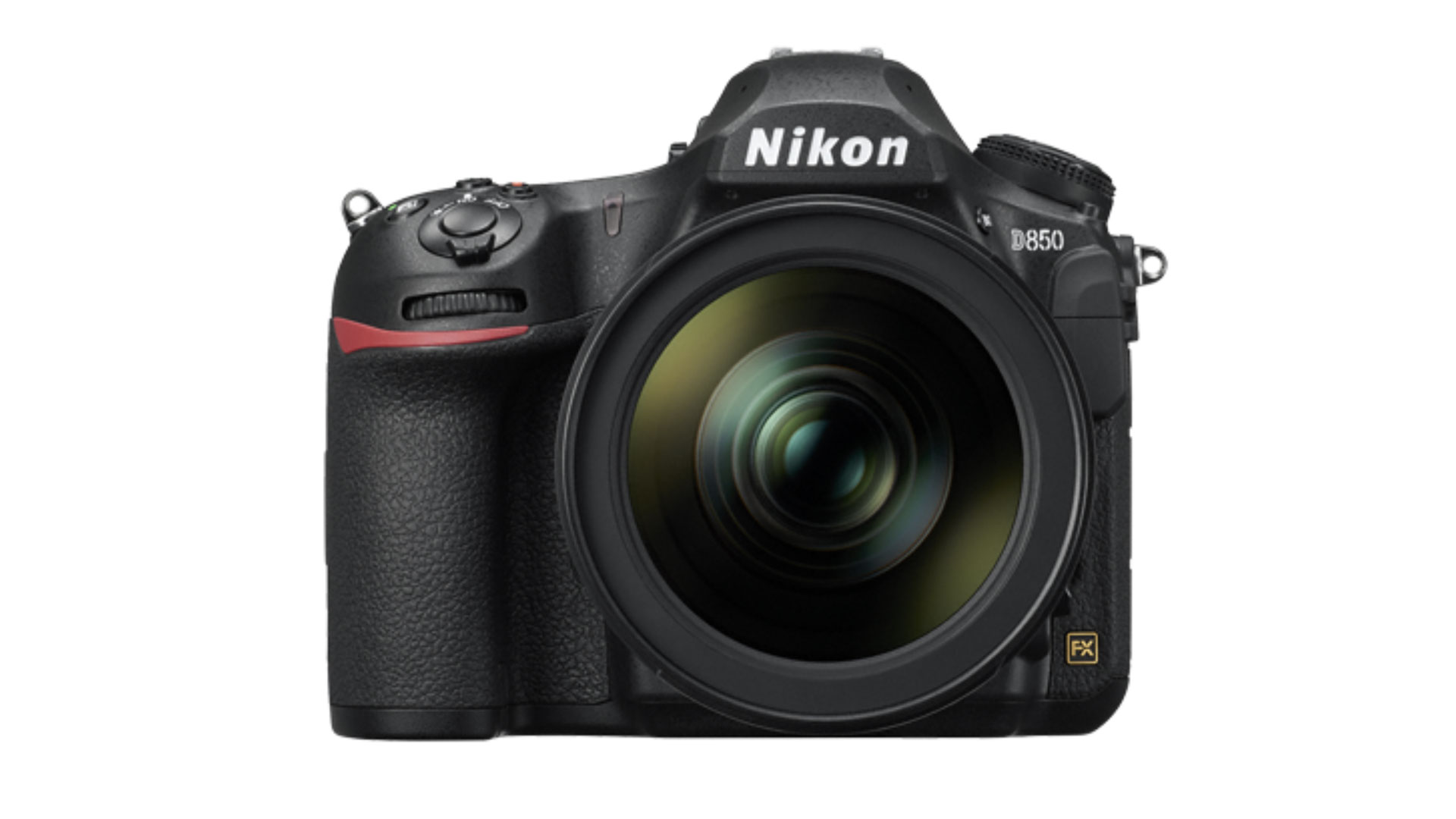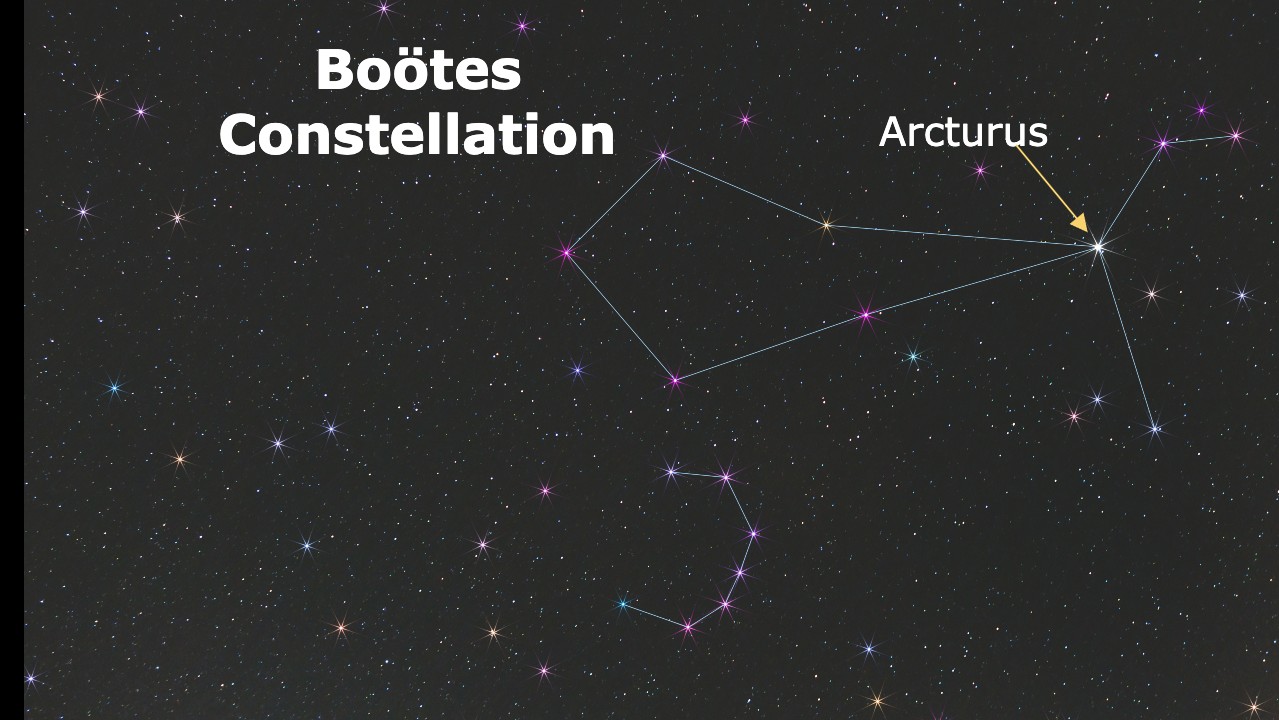Want to see the potential tau Herculids meteor shower? Here's what to expect, according to NASA.
Check the weather and be ready for the unexpected, the agency advises.

When the shards of a broken-up comet draw near Earth tonight, the chances of a meteor storm are "hit or miss", NASA says. But astronomers are excited about the potential of a swarm of new shooting stars nonetheless.
The agency advises skywatchers to watch the constellation Hercules tonight (May 30 to 31) for signs of pieces of 73P/Schwassmann-Wachmann 3 (also known as SW 3). If the shards come to Earth just right, they may create quite the show high up in our planet's atmosphere.
But NASA says it's important to keep your expectations open. "We get excited about meteor showers, too," the agency wrote in a blog post May 27. "But sometimes events like this don’t live up to expectations — it happened with the 2019 Alpha Monocerotid shower, for example."

If you're looking for a good camera for meteor showers and astrophotography, our top pick is the Nikon D850. Check out our best cameras for astrophotography for more and prepare for the tau Herculids with our guide on how to photograph a meteor shower.
Back then, the most optimistic predictions said there could be an outburst of 400 to 1,000 meteors per hour, although the agency did warn in 2019 that the show could end up being a bust. That's what ended up happening, so NASA urges people to "channel their inner scientists, and look beyond the headlines," to make sure they're prepared for their night out under the stars.
If you are unable to see the event in person, you can watch the potential tau Herculids meteor storm online tonight with a livestream from the Virtual Telescope Project.
Related: Meteor shower guide 2022: Dates and viewing advice
Some of the keys to success for this shower will include the debris traveling at the right speed (no slower than 220 mph or 321 km/h) and whether the Earth passes through the thickest part of the debris stream.
Breaking space news, the latest updates on rocket launches, skywatching events and more!
Incidentally, footage from the NASA Spitzer Space Telescope suggests at least some fragments were moving fast enough in 2009, which is "one reason why astronomers were so excited," the agency said.
Even if the meteors strike our atmosphere, however, the tau Herculids are moving slowly by meteor standards and will generate a faint show, NASA warned. Previously, NASA astronomer Bill Cooke also called the potential meteor shower an "all or nothing event" in an agency blog post.
While there will be a new moon that allows for the best seeing possible, and Hercules will be high in the sky and away from the thick atmosphere on the horizon, the agency emphasized there are no guarantees. "We can only hope it's spectacular," NASA said.
You should also take into account your local weather forecast. Coastal California between San Francisco and Portland, for example, should have overall clear skies except for possible clouds inland from Humboldt Bay, the National Weather Service tweeted Sunday (May 29).
Independent meteorologist Mark Molnar included a complete cloud cover map prediction for the United States on Sunday, showing clear skies predicted for most areas aside from parts of the northwest.
The peak time to watch is around 1 a.m. on the east coast or 10 p.m. on the west coast, according to NASA. For your best sighting possible, bring a lawn chair, move away from artificial lights as much as possible, and give your eyes at least 20 minutes to adjust to the darkness. If you must use a flashlight or your phone, make sure to use a red filter to preserve your night vision.
The agency suggests people look to the constellation Boötes, a little north-northwest of its bright star Arcturus, to see shooting stars. (Your culture may use different names for these regions, for which we are using the International Astronomical Union monikers.)
Don't worry if the tau Herculids don't end up happening as planned, however, as meteor showers happen fairly often. August is a good bet as the Perseids on Aug. 11 to 12 are among the brightest events of the year. Consult our upcoming meteor showers of 2022 to plan your next excursion.
If you're hoping to photograph the tau Herculid meteor shower, or want to prepare your gear for the next skywatching event, check out our best cameras for astrophotography and best lenses for astrophotography. Read our guide on how to photograph meteors and meteor showers for more helpful tips to plan out your photo session.
Editor's Note: If you snap an amazing photo of the tau Herculids meteor shower and would like to share it with Space.com's readers, send your photo(s), comments, and your name and location to spacephotos@space.com.
Follow Elizabeth Howell on Twitter @howellspace. Follow us on Twitter @Spacedotcom or Facebook.

Elizabeth Howell (she/her), Ph.D., was a staff writer in the spaceflight channel between 2022 and 2024 specializing in Canadian space news. She was contributing writer for Space.com for 10 years from 2012 to 2024. Elizabeth's reporting includes multiple exclusives with the White House, leading world coverage about a lost-and-found space tomato on the International Space Station, witnessing five human spaceflight launches on two continents, flying parabolic, working inside a spacesuit, and participating in a simulated Mars mission. Her latest book, "Why Am I Taller?" (ECW Press, 2022) is co-written with astronaut Dave Williams.


